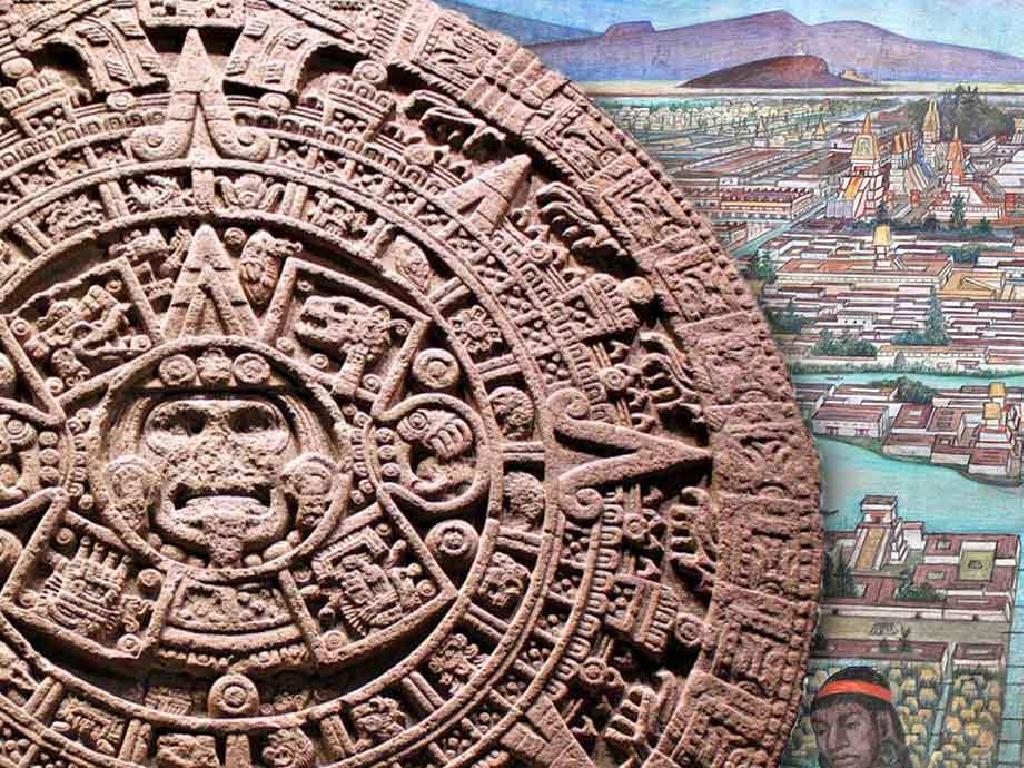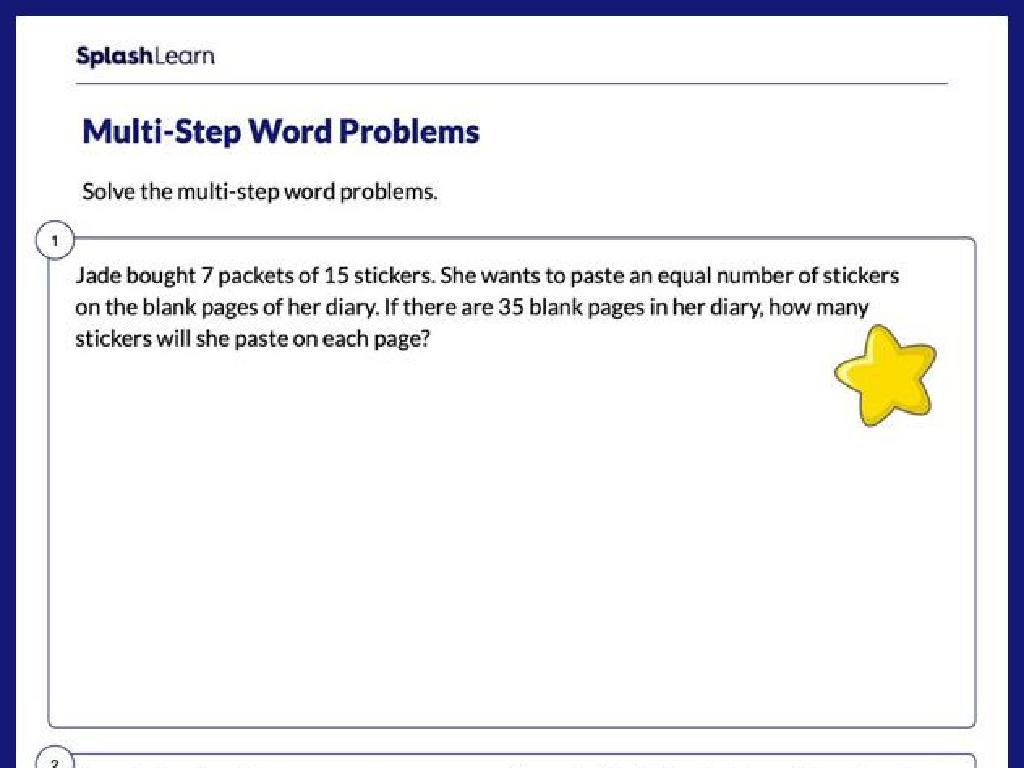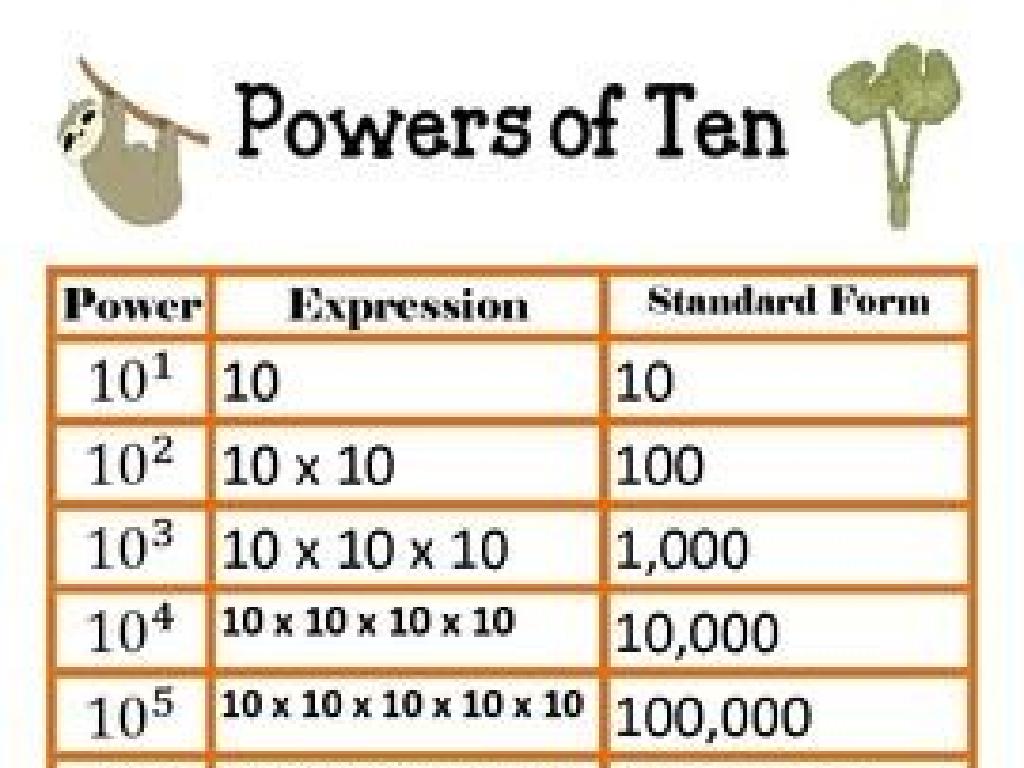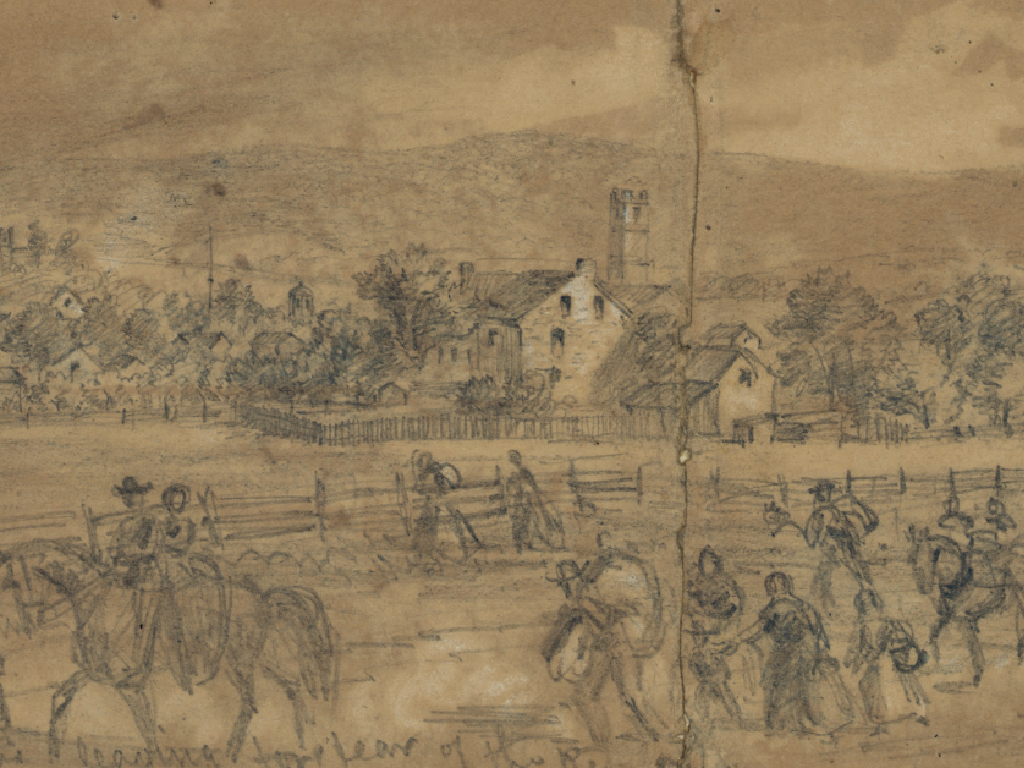Compare Physical And Chemical Changes
Subject: Science
Grade: Third grade
Topic: Physical And Chemical Change
Please LOG IN to download the presentation. Access is available to registered users only.
View More Content
Physical vs. Chemical Changes
– What are physical changes?
– Changes in shape, state, or size without creating a new substance. Like water freezing!
– Examples of physical changes
– Tearing paper, melting ice cream
– What are chemical changes?
– Changes that create a new substance with different properties. Like baking a cake!
– Examples of chemical changes
– Burning wood, vinegar and baking soda reaction
|
This slide introduces the concept of physical and chemical changes to third-grade students. Begin by explaining that a physical change is when something changes its appearance but is still the same substance, like when water turns to ice. Provide everyday examples such as tearing paper or melting chocolate. Then, describe a chemical change as a change that results in a new substance being formed, such as when a cake is baked or a firework explodes. Use simple, relatable examples to illustrate these concepts. Encourage students to think of other examples and ask them to consider what kind of change is happening. This will help them understand the differences between physical and chemical changes in the world around them.
Exploring Physical Changes
– Physical changes keep substances the same
– The substance doesn’t turn into something new
– Examples: ice melting, paper tearing
– Water becomes liquid from solid, paper size changes
– Dissolving sugar in water
– Sugar mixes with water but can be separated
– Think of your own physical change example
|
This slide introduces the concept of physical changes in matter, emphasizing that the substances involved do not change into something new; they just change form. Use everyday examples like melting ice, tearing paper, and dissolving sugar to illustrate the concept in a way that’s relatable to third graders. Encourage the students to observe the world around them and come up with their own examples of physical changes, fostering critical thinking and observation skills. During the next class, discuss their examples to reinforce the concept and ensure understanding.
What is a Chemical Change?
– Chemical changes make new things
– When substances change and can’t go back to the old way
– Examples: rust, cakes, fizzy reactions
– Iron turns brown with rust; cake mix becomes a cake; vinegar and baking soda bubble up
– Discover what’s new in each example
– Look at rust vs. iron, cake vs. mix, and fizzy liquid vs. vinegar and soda
– How it’s different from before
|
This slide introduces the concept of chemical changes to third-grade students by highlighting that such changes result in the creation of a new substance. Use everyday examples like rusting iron, baking a cake, and the reaction between vinegar and baking soda to illustrate the concept. Encourage students to think about the properties of the substances before and after the change to identify what is new. Explain that unlike physical changes, chemical changes cannot easily be reversed, and the original substances are fundamentally altered. This will help students differentiate between physical and chemical changes in subsequent lessons.
Comparing Physical and Chemical Changes
– Physical changes can be reversed
– Like refreezing melted water
– Chemical changes are usually permanent
– Like burned wood turning to ash
– Melting ice vs. burning wood
– Ice becomes water; wood becomes ash and smoke
– Substance identity during changes
– Physical change: water is still H2O. Chemical change: wood becomes new substances
|
This slide aims to help students understand the difference between physical and chemical changes. Emphasize that physical changes, such as melting ice, can often be undone, while chemical changes, like burning wood, result in new substances that cannot be easily changed back. Use the example of melting ice to show that the water can refreeze, so it’s a physical change. In contrast, burning wood produces ash and smoke, which cannot be turned back into wood, illustrating a chemical change. Encourage students to think of other examples of physical and chemical changes they observe in their daily lives.
Clues of Chemical Changes
– Color change indicates a reaction
– Like leaves turning brown or copper turning green
– Gas production: bubbles or fumes
– Like vinegar and baking soda fizzing
– Temperature change during reaction
– Like heat felt when mixing chemicals
– Precipitate formation: solid appears
– Like cloudy liquid when mixing solutions
|
This slide aims to help students identify and understand the clues that indicate a chemical change has occurred. A color change might be observed when a substance reacts and forms a new compound, such as leaves turning brown or copper tarnishing. Gas production can be seen when substances like vinegar and baking soda react and release bubbles. A temperature change is often felt as heat or cold when certain chemicals react, which can be felt by touching the container of the reacting substances. The formation of a precipitate is observed when two solutions are mixed and a solid substance suddenly appears, making the liquid cloudy. Encourage students to think of examples they’ve seen in everyday life or in previous experiments and discuss whether those changes were physical or chemical.
Let’s Experiment with Changes!
– Observe physical & chemical changes
– Always follow safety rules
– Predict vinegar & baking soda reaction
– What do you think will happen?
– Discuss observations after experiment
– We’ll talk about the fizz and new substances
|
This slide introduces a hands-on activity where students will witness both physical and chemical changes through a simple experiment with vinegar and baking soda. Emphasize the importance of safety and following lab rules. Before conducting the experiment, ask students to predict the outcome of mixing these two substances. After the experiment, discuss the observations: the fizzing sound, the bubbles, and the formation of new substances, indicating a chemical change. This will help students understand the concept of chemical reactions and the difference between physical and chemical changes. Prepare a detailed guideline for the teacher with safety instructions and steps for the experiment, ensuring a safe and educational experience for the students.
Change Detectives: Physical vs. Chemical
– Observe objects and processes in groups
– Decide the type of change: physical or chemical
– Is it a new substance or just a change in shape or form?
– Discuss your findings with your group
– Use your observations to make a decision together
– Present your conclusions to the class
|
This class activity is designed to engage students in hands-on learning about physical and chemical changes. Divide the class into small groups and provide a variety of objects and processes for them to observe, such as ice melting, paper tearing, burning a candle, or mixing vinegar and baking soda. Encourage students to use their senses and look for clues that indicate whether a change is physical (altering the appearance but not the substance) or chemical (resulting in a new substance). After discussion, each group will present their findings, explaining how they determined the type of change for each example. Possible activities for different groups could include observing rust formation, dissolving sugar in water, inflating a balloon, or cooking an egg. The teacher should circulate to guide discussions and ensure understanding.
Conclusion & Reflection: Physical vs. Chemical Changes
– Recap of physical and chemical changes
Physical changes don’t make new substances; chemical changes do.
– Importance of knowing the difference
Knowing the difference helps us understand the world around us.
– Share a memorable lesson point
Maybe it’s how ice melts or how baking soda reacts in cookies!
– Reflect on today’s discoveries
|
As we wrap up today’s lesson, let’s reflect on what we’ve learned about physical and chemical changes. Understanding the distinction between these two types of changes is crucial as it helps us comprehend everyday phenomena, like water boiling or a car rusting. Encourage the students to share one thing they found particularly interesting or memorable from the lesson. This could be an experiment they observed or a fact they learned. This reflection helps reinforce their learning and allows you to assess their understanding of the concepts taught.




